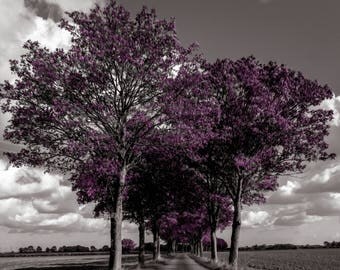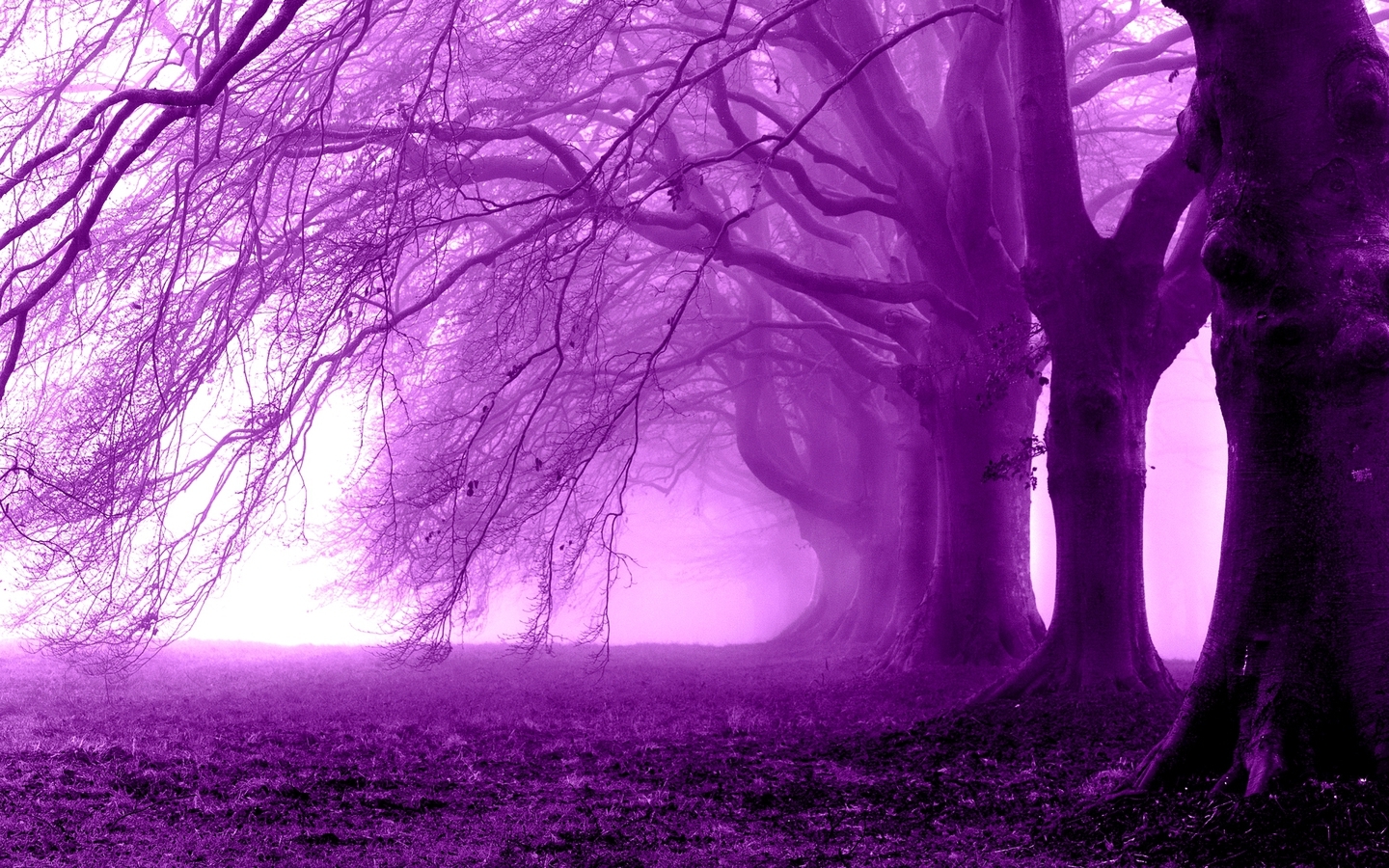
The goal of this cross-breeding was to produce magnolias with many flowers that bloom later to avoid frost damage common in other magnolia varieties.


Including hybrids called ‘Betty,’ ‘Jane,’ and ‘Susan,’ this group is aptly named the Little Girl Series.Īll the hybrids in this group result from a cross between Magnolia liliiflora ‘Nigra’ and Magnolia stellata ‘Rosea.’ This hybrid first appeared in the 1950s as a part of a larger group of hybrids developed at the National Arboretum. They are rather large and grow in high quantities across the entirety of the plant.Īlthough magnolias have grown in the wild for many decades, Ann magnolia is relatively new. These flowers bloom early in the season before the leaves appear. The flowers are deep purple and have a shape similar to a tulip. Like most magnolias, this species features tremendous blooms. Just make sure that you give you lilac the ideal growing conditions and care to encourage as many blooms as possible.Īnn magnolia can grow as a large shrub or as a small tree. But they remain a great option for those who love purple flowers. Lilacs are not ideal for those looking for year-round interest. They are also prone to developing powdery mildew.īut while this diminished the appearance of this shrub, the mildew does not often cause any detrimental damage to the plant. They have a smooth surface and a dark green color.īeyond the flowers, lilacs do not have many other notable characteristics. The leaves of lilac shrubs are heart-shaped. This is because colonists from Europe brought these shrubs with them during their earlies explorations of North America. To promote future blooms, cut off the flowers as soon as they begin to die back.Īlthough lilac is native to Europe, it has been growing in North America for multiple centuries. But when they do flower, lilacs are a beautiful purple addition to the garden.

Some lilacs will go years without flowering at all. Unfortunately, these blooms can be inconsistent. In ideal conditions, these flowers emerge in numerous panicles. They are also typically white, purple, or a confirmation of both. These flowers have a familiar scent to many people. Lilac shrubs are very well known for their flowers. The Rose of Sharon is often used as a border massing or as a warm-weather privacy screen due to its size, shape, and foliage density. They are green in the summer, sometimes turning yellow in the fall, but they rarely display an impressive fall color. The shrub leaves are also unique, with a three-lobed shape and form reminiscent of a maple leaf. The blooming period for the Rose of Sharon is typically late in the season, with flowers opening in August but sometimes appearing as early as June and persisting for a few months into late September or early October. These flowers are characterized by their evenly spaced petals and a prominent stamen structure in the center. Regardless of color, these flowers typically have five evenly spaced petals and a very prominent stamen structure in the middle. It features a variation in flower color, with some blooms appearing white, others pink, and many a rich purple. The Rose of Sharon is a deciduous shrub that boasts a vase-like shape, reaching a maximum height of 12 feet. Read on to learn about some of our favorite purple flowering shrubs and bushes, along with pictures, hardiness zones, bloom time, and landscaping ideas for how and where to plant them. Their size varies as much as their hues, making it easy to find the perfect plant for any space, whether you have a large yard or a small patio.Īnd yes, if you’ve limited space, dwarf varieties are an excellent option for container gardens, patios, decks, and entranceways. Whether you’re looking to create a focal point, a hedge, or add depth to the color spectrum of your garden, bushes that bloom range from the lightest lilac, rich violet, and a subtle mauve to a mysterious plum is a perfect choice. If you share a fondness for purple blooms, looking to add a touch of nobility to your landscape or want to bask in the glory of these stunning blooms, there’s no denying the allure of purple flowering shrubs.įrom the fragrant lilacs, which bloom in early spring, to the showstopping Weigela, which dazzles in shades of pink, red, and purple, there’s a deciduous or evergreen blooming bush with purple flowers for every taste and every season.

Purple flowering shrubs, the epitome of regality and luxury, have been adored by gardeners for centuries.


 0 kommentar(er)
0 kommentar(er)
